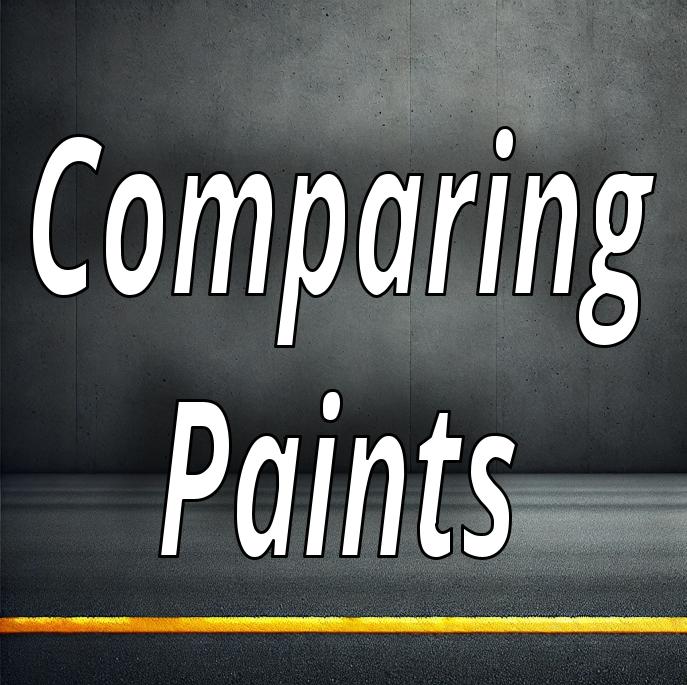The Best Parking Lot Paints: Which One Lasts the Longest?
When it comes to maintaining a professional and safe parking lot, the quality of your line striping plays a crucial role. Choosing the right type of paint can impact the durability, visibility, and overall longevity of your markings. In this guide, we’ll explore the best parking lot paints available, their advantages and disadvantages, and which one might be best suited for your needs.
Types of Parking Lot Paints
There are several types of paints commonly used for parking lot striping, each with its own set of benefits and drawbacks. The most widely used options include:
- Water-Based Paint
- Oil-Based (Solvent-Based) Paint
- Thermoplastic Paint
- Epoxy Paint
Let’s break down each type and determine which one is best for long-lasting results.
1. Water-Based Paint
Pros:
✅ Dries quickly, usually within 30 minutes ✅ Low in volatile organic compounds (VOCs), making it environmentally friendly ✅ Cost-effective and widely available ✅ Works well in areas with high humidity and moderate traffic
Cons:
❌ Less durable than oil-based or thermoplastic paint ❌ May fade more quickly under heavy traffic and harsh weather conditions ❌ Can wear off faster in areas with snow removal or frequent exposure to chemicals
Water-based paint is often used for temporary or frequently updated markings. It’s a good choice for businesses that require regular restriping.
2. Oil-Based (Solvent-Based) Paint
Pros:
✅ Highly durable and resistant to wear ✅ Adheres well to both asphalt and concrete surfaces ✅ Performs well in colder temperatures ✅ Resistant to water and chemicals
Cons:
❌ Contains higher levels of VOCs, requiring proper ventilation and compliance with environmental regulations ❌ Takes longer to fully cure, though it is dry to the touch within minutes ❌ More challenging to clean up compared to water-based paint
Oil-based paint is often preferred for high-traffic areas due to its durability and long-lasting performance.
3. Thermoplastic Paint
Pros:
✅ Extremely durable with a lifespan of 3-5 years ✅ Reflective properties enhance visibility at night ✅ Resistant to weather, chemicals, and heavy traffic ✅ Bonds permanently to the pavement
Cons:
❌ Requires specialized equipment and professional installation ❌ More expensive than traditional paint options ❌ Not ideal for small-scale or temporary projects
Thermoplastic paint is commonly used on highways and high-traffic parking lots where longevity and visibility are top priorities.
4. Epoxy Paint
Pros:
✅ Superior adhesion and durability ✅ Resistant to oil, gas, and harsh weather conditions ✅ Best suited for concrete parking structures ✅ Can last 5+ years with proper application
Cons:
❌ More expensive than water-based or oil-based paints ❌ Requires professional application for best results ❌ Can become slippery if not mixed with non-slip additives
Epoxy paint is a top-tier option for indoor parking garages and specialized applications that require strong resistance to chemicals and wear.
Which Parking Lot Paint Lasts the Longest?
For most commercial applications, thermoplastic paint and epoxy paint offer the best longevity, often lasting several years before requiring touch-ups. However, oil-based paint remains a solid choice for businesses looking for a balance between cost and durability.
Water-based paint, while cost-effective and eco-friendly, is better suited for temporary or lower-traffic areas.
Additional Factors That Impact Paint Longevity
Regardless of the type of paint chosen, several external factors affect its durability:
1. Traffic Volume:
- High-traffic areas wear down paint faster than low-traffic zones. Consider using thermoplastic or oil-based paint for areas with frequent vehicle movement.
2. Weather Conditions:
- Frequent exposure to rain, snow, or intense sunlight can accelerate paint fading. Using UV-resistant coatings can help mitigate wear.
3. Pavement Condition:
- Cracks, potholes, and surface damage can cause paint to deteriorate more quickly. Proper pavement maintenance is essential before restriping.
4. Application Technique:
- Ensuring proper surface preparation, appropriate thickness, and correct drying time can significantly impact the longevity of the markings.
Best Practices for Long-Lasting Parking Lot Striping
To maximize the lifespan of your parking lot paint:
- Perform Regular Maintenance – Seal cracks, clean the pavement, and refresh markings as needed.
- Choose High-Quality Paint – Investing in premium-quality paint will reduce long-term maintenance costs.
- Apply During Optimal Conditions – Avoid painting in extreme heat, cold, or high humidity.
- Hire Professionals for Best Results – Proper application ensures durability and compliance with local regulations.
For more details on maintaining your parking lot, check out our guide on parking lot maintenance best practices.
Additionally, you can refer to the U.S. Environmental Protection Agency’s guide on pavement coatings for more information on environmentally friendly paint choices.
Conclusion
Selecting the right parking lot paint depends on your specific needs, budget, and expected traffic levels. While water-based paint is affordable and fast-drying, oil-based, thermoplastic, and epoxy paints offer enhanced durability and longevity. By considering traffic volume, weather conditions, and proper application techniques, property owners can extend the life of their parking lot markings and maintain a professional appearance for years to come.
For expert striping and maintenance services, contact Clear Line Paving & Maintenance LLC today for a consultation!



